
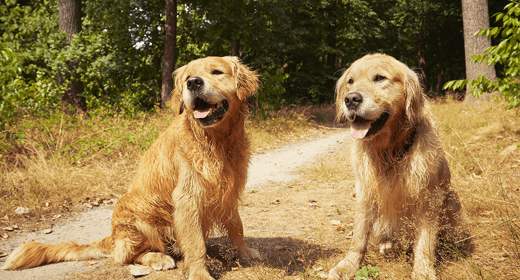
Whether your dog is a big sweetie, a big weirdo or a big athlete, here’s what you need to know about taking care of your big dog.
First, all big dogs start out as little dogs. But pretty soon they grow up — and so does their appetite, their toys, their dog bowls, the vet bill and their need for speed.
He started to grow.
And pretty soon
he was bigger than
the recliner.
Sometimes it can take more than two years for them to reach their full size.
And you won’t like to think about it too much, but their life spans are shorter, too: about 10 to 12 years.
No wonder
you'll let him push
you off the bed
at night.
If a large dog gets too much food as a pup, they’re at a higher risk of growing too quickly, which can cause joint trouble.
For large breeds, being overweight is especially problematic. All that extra weight can be a lot for the joints to carry around.
Keep your good old dog healthy by practicing portion control and feeding nutritious food like IAMS™ Mature Adult Large Breed.
How will she catch
a screaming
15-mile-an-hour
Frisbee in midair
if she has knee trouble.
Back in the day, large-breed dogs were especially energetic. They were working dogs, herders, hunters, cart pullers and people protectors.
Who are we to deny their evolution?
Make sure your dog gets exercise every day.
How do you accomplish this? Walk, walk and more walk. And add in some running, jumping, chasing, hiking, fetching, dog-park visiting, swimming and even agility courses.
Repeat this mantra:
'I am the alpha.'
When it comes to training, think of it this way: The bigger the dog, the harder it is to hide behavior problems. And if you can’t control your super-sized soulmate, they could inadvertently cause damage or hurt someone.
Living large is all
about biting the
wind and living
that sweet,
sweet life.
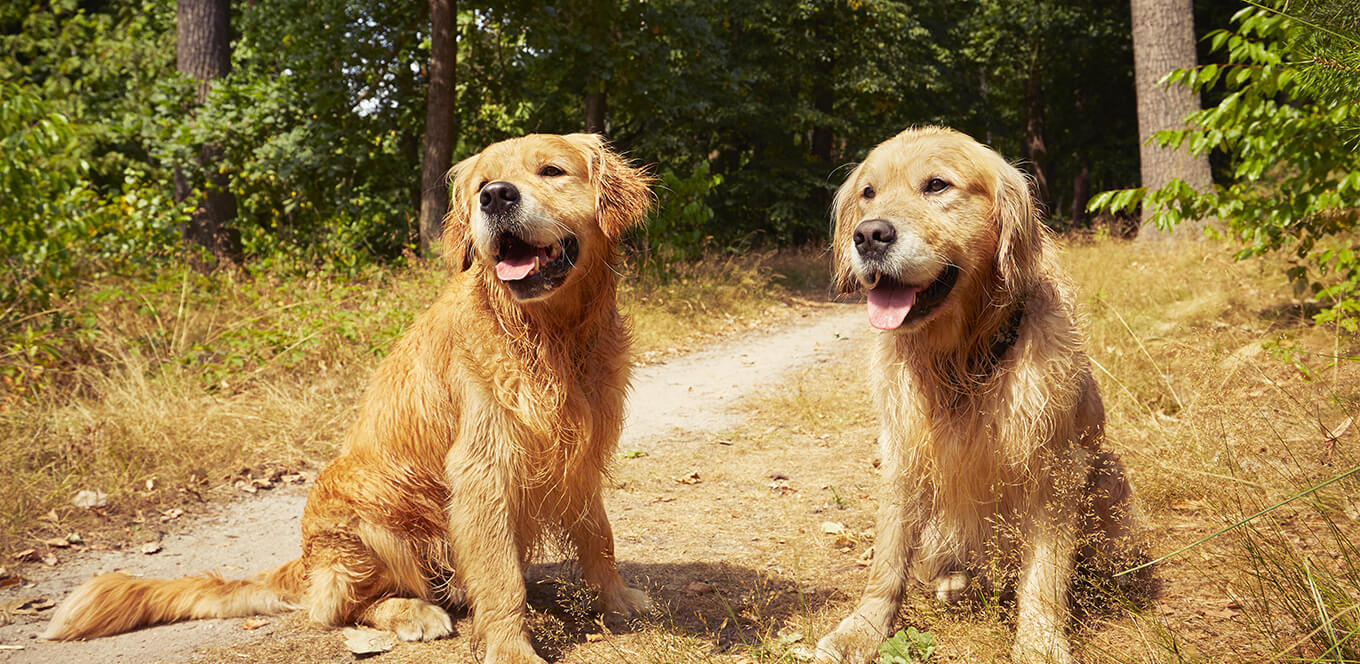
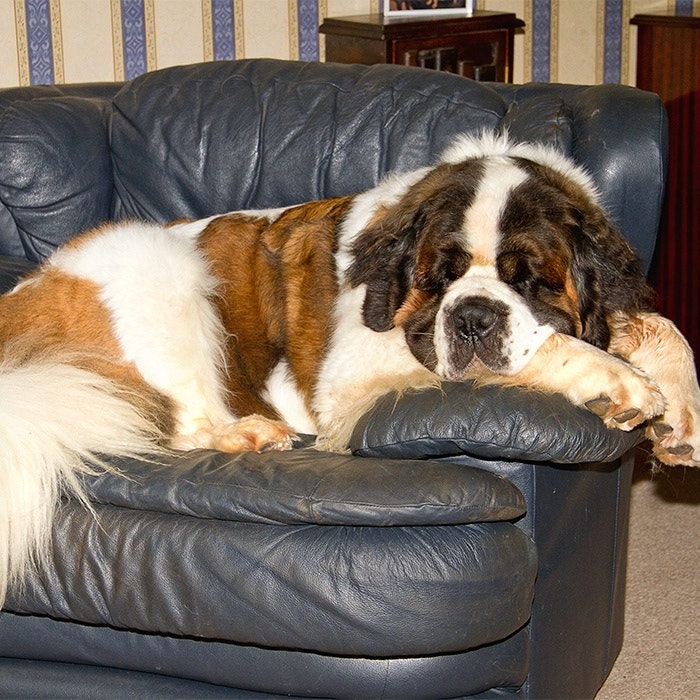
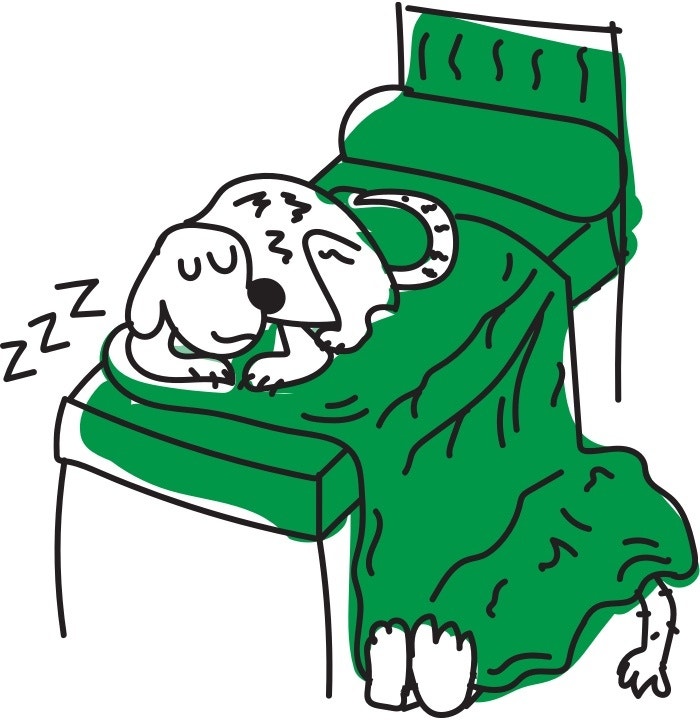
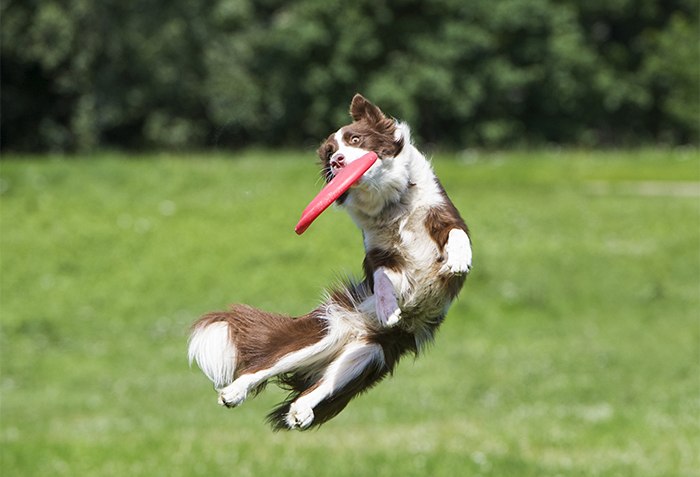
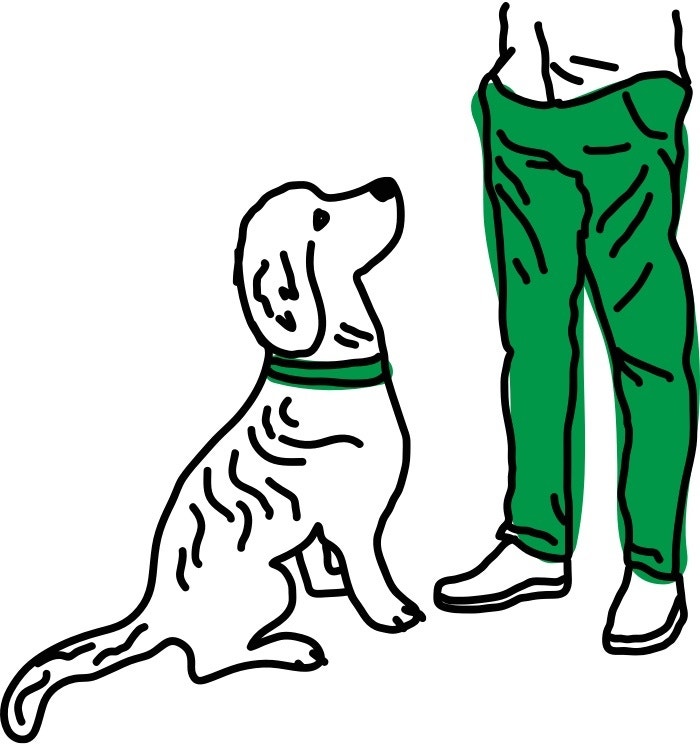



Leash training can help your puppy safely explore the world beyond your house or backyard. It can enhance your dog’s walking experience and help you bond with it better. We must remember that dogs are not born with the ability to walk on a leash, they need to be taught. As their caregivers, we need to help them learn this skill comfortably.
If you have a large breed pup, it is imperative that you train it while it is still young. Once your fur baby grows up to be heavy, you will have a tough time handling it on a leash. You do not want to be dragged along the ground or see your dog get into an easily avoidable fracas.
In case you are wondering at what age to start leash training a puppy, here’s your answer: You are start at 10 weeks of its age, however, you must know that it can be done earlier. It will help your pup grow into an obedient pawsome pal. Leash training also makes it easier for you to travel with your pet and embark on exciting adventures seamlessly! Train your puppies while they are still young as it will stay with them for the rest of their lives.
If you are facing any trouble with how to teach your puppy to walk on a leash, here are some tips to get you started:
Picking the right collar is the first step to getting your dog used to a puppy leash. It is imperative that your fur baby feels comfortable in it. So, make sure that the collar is neither too tight nor too loose; there should be space for at least two fingers under it. While leash training your puppy, breathability and comfort is of paramount importance.
Note: If you plan on training your puppy at an early age, stay attentive during sessions. Since your little furry friend will be at a developing stage, it will outgrow its collar soon. Make sure that you keep checking the fit of the collar and change it as and when needed.
Your puppy will need some time to get used to the leash. For puppies, this is an alien thing, and they will need some time to adjust and accept this new accessory. You can help your pup ease into this process by trying a few tricks. It needs to resonate a leash with fun times. Let it spend some time playing with the leash. You can also make your canine companion wear it every time you are having a fun time together at home. Do not put it on when it is alone, sad, or irritated.
As you teach your puppy how to walk on a leash, remember that rewarding it with treats will only promote good behaviour. Grab a treat in your hands and take a few steps back. This will encourage your pooch to walk towards you to devour its favourite treat. To avoid overeating, you can also reward the pup with toys, praises, or belly rubs.
Note: Do not stretch your dog’s leash training for prolonged hours. It might get exhausted and shy away from training.
Indoor practice is the best way of gauging how your canine companion fares with the concept of walking on leash. This will also help you get your puppy used to the leash without losing control of it. Choose a decent stretch of floor in your home, make sure there are no obstructions, and just start walking with your puppy on a leash. At the end of one stretch, reward it with treats. Stay attentive during these session to know when your pup is ready for the world outside your home.
Teaching your puppy how to walk on a leash is going to be full of surprises. If you think that your pet will easily walk on a leash outdoors once it has learnt to do it indoors, you are mistaken. Being curious is only natural and that is exactly what will happen once your four-legged friend realises that it is not at home anymore! Your dog will want to sniff every corner, every plant, and whatever it sets its eyes on. Hence, start with short outdoor walks!
Note: Carry some treats with you to encourage your puppy to follow you!
Remember that patience is key! And your furry friend is not the only one who needs to be patient during this process. Your puppy is going to need some time to get used to this walking style and you need to give it that time. Moreover, make sure that this transition is smooth and comfortable for your pup. Once you start putting these tips into action, you two can start taking long strolls together.